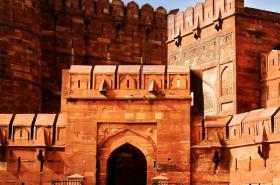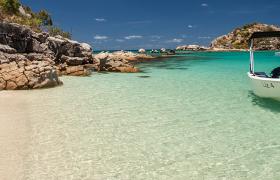With a greater spiritual awareness sweeping western society, modern day travellers are increasingly forgoing their annual beach or city holiday in favour of more meaningful and transformative experiences. Leaving their familiar surroundings - alongside their ringing phones and overflowing inboxes - and flocking to sacred sites the world over in an attempt to purify their minds, cleanse their bodies and to reconnect with the divine.
Powerful, beautiful and inspiring - here’s our top pick of the world’s best spiritual journeys.
Shikoku, Japan
Ryozenji Henro.jpg
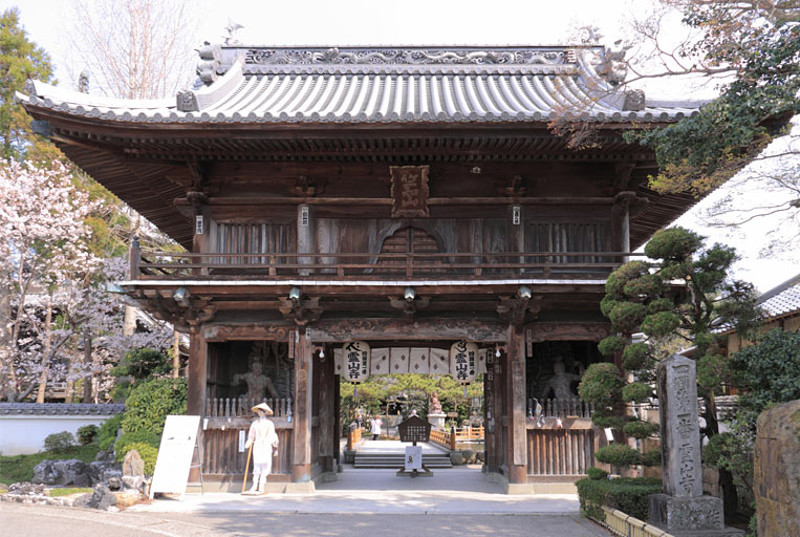
Heavy incense fills the air and the sound of chanting reverberates against the high, ancient temple walls. Head-to-toe white, with traditional conical hats perched on their heads, a line of pilgrims slowly take their turn lighting candles and kneeling before the well-worn shrine steps - bowing twice, clapping twice and bowing once more. Each one sending their prayers silently into the ether.
A million miles away from fast-forward, bustling Tokyo, the island of Shikoku (the smallest of the four main islands constituting Japan) is the epitome of old Japan; a storybook-like land of temples, towering mountains and thick forests. Fitting then, that it’s also home to its most famous pilgrimage, the Shikoku “Henro” or 88 Temple Pilgrimage. A route which retraces the steps of the most revered figure in Japanese Buddhism - the monk and teacher Kobo-Daishi or “Kukai” - who was born on the island during the 9th century.
Incense.jpg
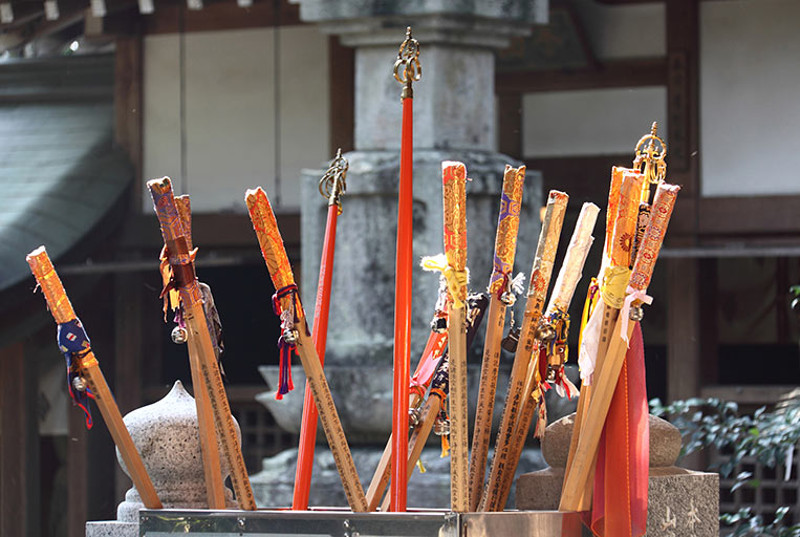
At more than 1,200 years old, it’s one of the oldest in the world - the pilgrimage received UNESCO World Heritage status in 2004 - and today more than 1,000 pilgrims still walk the circular route each year around the island, taking in mountain peaks, cedar forests and hot springs.
The total pilgrimage is about 1,200 km and takes about 30-50 days, depending fitness and how much transport is used during the trip. Given its length, most visitors choose only a segment or two and many Japanese pilgrims will do the entire circuit over several years.
While the journey may be tough on the mind and the legs, it isn’t on the stomach - pilgrims receive sustenance through a local tradition called "osettai" where islanders offer food and drink to all pilgrims.
Sedona, Arizona, North America
Sedona.jpg
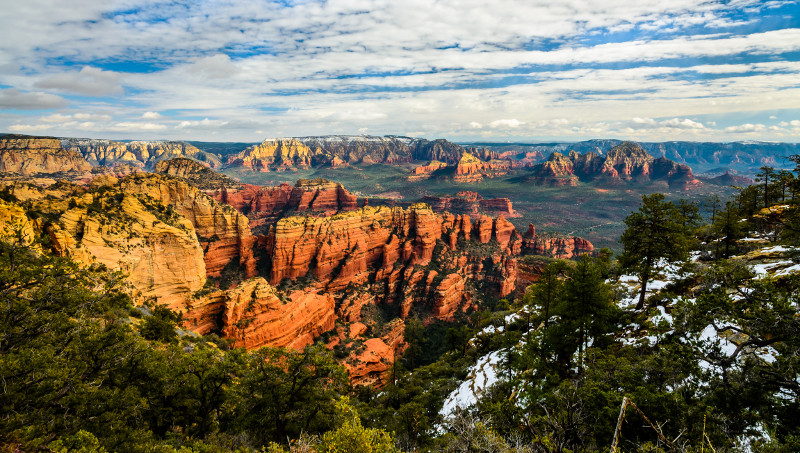
High desert landscapes, spectacular canyons, dramatic sandstone towers and panoramic vistas of rugged, red rock spires. Sedona is a magical destination that’s worth a visit for its scenery alone - this is, after all, the place that “USA Today” called the most beautiful place in the states.
But it’s a reputation as America’s New Age centre that has turned this desert town into a global tourist destination and that’s all thanks to the unique energy “vortexes” - natural electromagnetic earth energy - which are scattered throughout the city's red rock jungle.
Sedona meditate.jpg
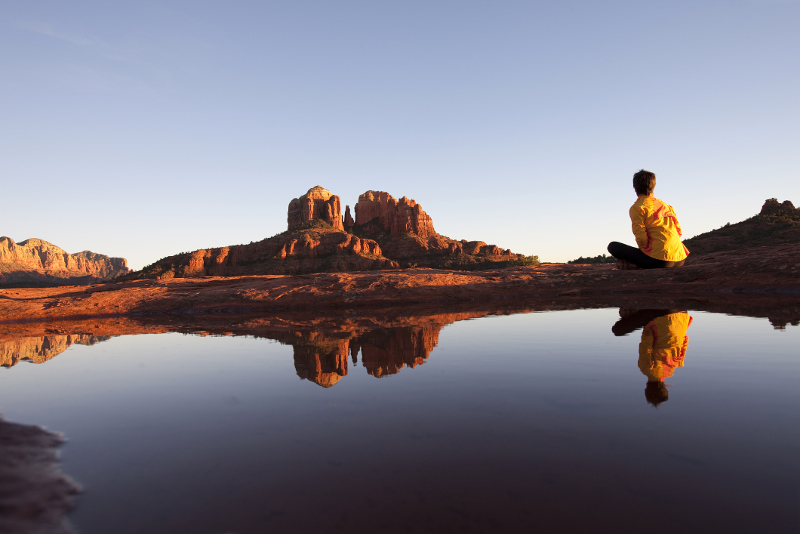
First recognised by Native American tribes, who settled in the area around 11,000 years ago, these places of power have long been used in the sacred ceremonies of the indigenous peoples and this has continued today, with Sedona thriving as a centre for spiritual discovery and healing.
Given its reputation, there’s now an abundance of tour organisations offering everything from meditation and traditional indigenous vision quests, to shamanic journeys and healing, catering to the ever-increasing demand.
More enlightening travel: 7 Places That Will Make You Feel Insignificant
Indulge your material self: The World's Most Luxurious Shopping Experiences
Mount Kailash, Tibet
MT Kalaish.jpg
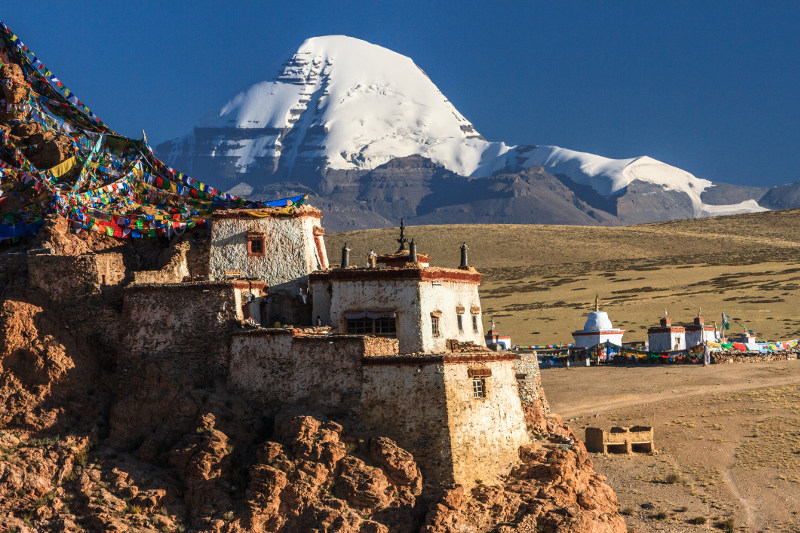
Tibetan prayer flags flutter against a backdrop of snowcapped mountains, icy rivers run through glacial valleys into thundering waterfalls and lush forests are bordered by flower-filled meadows. The silence is punctured only by the hum of prayers reverberating from the steady stream of pilgrims in the valley below.
Given its awe-inspiring beauty, it’s little wonder that the Himalayan mountain range is home to a smorgasbord of religious sites, the most significant of which is undoubtedly Mount Kailash.
Soaring 6,700 metres high, the four-sided great mass of black rock - which is also the source of many of India’s largest rivers including the Ganges - is considered sacred by five different faiths, including Buddhists and Hindus, the latter believing the mountain to be the abode of Lord Shiva and his wife, Parvati.
Indeed, the mountain is so sacred it is forbidden to climb and Kailash remains the most significant peak in the world that has not seen any known climbing attempts.
Pilgrims tibet.jpg
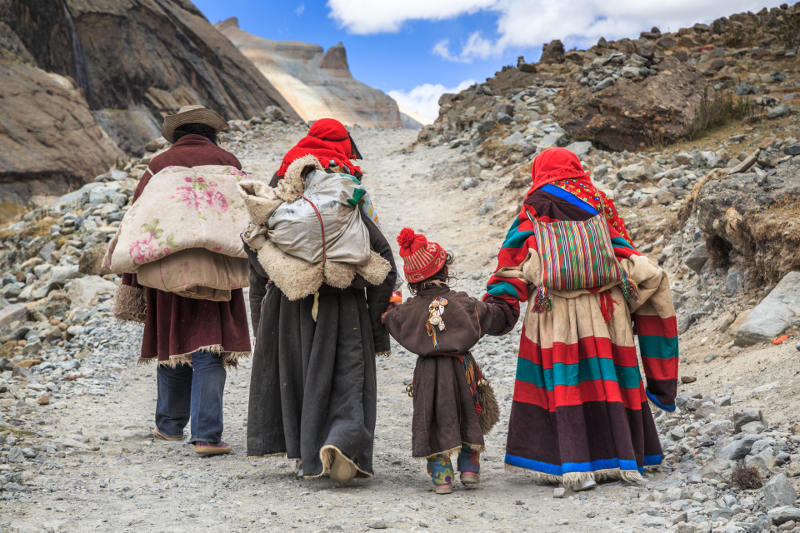
Seen by no more than a few thousand pilgrims each year thanks to its remote location - there aren’t direct planes, trains or buses - Kailash is one of the most venerated holy sites on earth, but paradoxically one of the least visited. And for the lucky travellers who do make it, the arduous task of circumnavigating the peak awaits.
Some claim he 52km trek must be made in a single day (difficult considering the uneven terrain, altitude sickness and harsh climate) while diehard believers crawl the entire route – a feat that takes roughly four weeks. Officially, walking around the holy mountain has to be done on foot, pony or yak, which takes most travellers three days.
Machu Picchu, Peru, South America
Machu Picchu.jpg
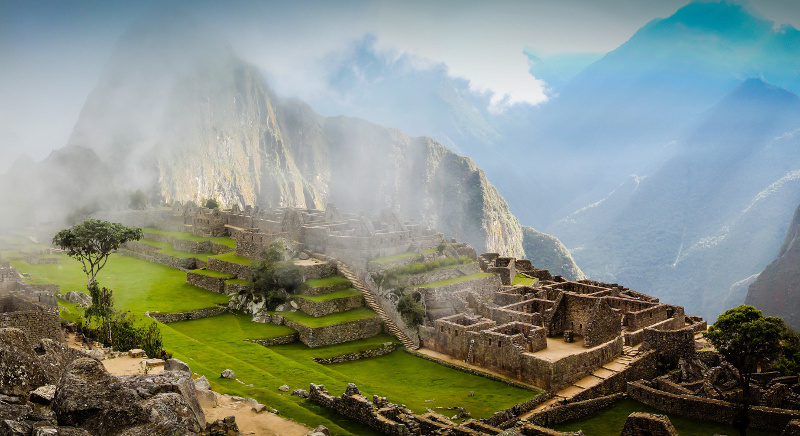
Perched 2,500 metres above sea level and ringed by a crown of mountain peaks, sits the most visited site in South America - Machu Picchu.
Accessed via the famous Inca Trail 82 kms northwest of Cusco, Peru, this mountaintop citadel is responsible for 90 per cent of the country’s tourism revenue, in addition to being its spiritual capital.
Shrouded in clouds, the ruins of the ‘lost city of the Incas’ was abandoned around the time of the Spanish conquest and remained hidden until its discovery in 1911. It has since been selected as one of the new 7 Wonders of the World in 2007 and now, unsurprisingly, receives an average of 3,000 visitors per day. Many of these visitors arriving after making the four-day 43km hike through the high Peruvian Andes, winding through subtropical jungle and Inca ruins.
Inca trail.jpg
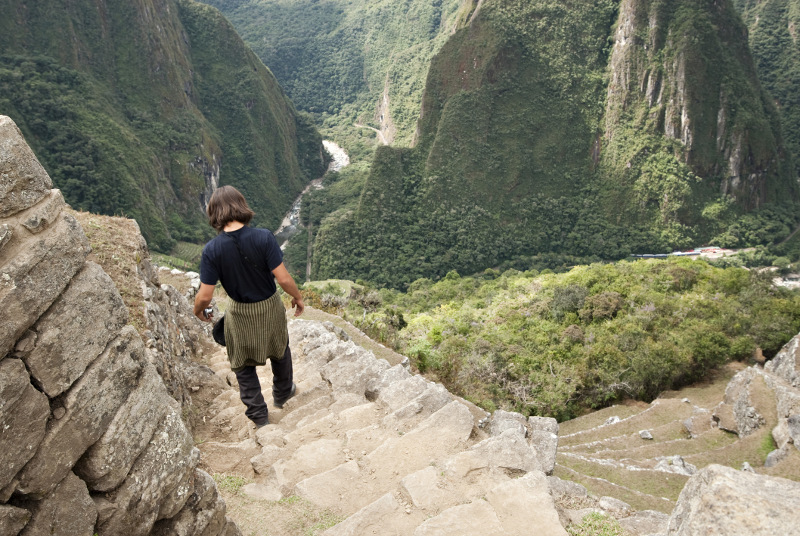
One of the ancient site’s main functions was as astronomical observatory, with stones strategically placed to align with significant celestial events.
The mammoth stones comprising the temples at Machu Picchu were believed to house the deities of the place, and as the Spaniards never found the site, local shamans believe that the resident spirits remain. In fact, the nature worship practiced by the Incas continues to this day and local shamans are increasingly becoming a go-to for spiritual tourists, who will participate in traditional ceremonies which have remained unchanged for centuries.






